Henri Fantin-Latour (1836-1904)
Get a Fantin-Latour Certificate of Authenticity for your painting or a COA for your Boucher drawing or print.
For all your Fantin-Latour artworks you need a Certificate of Authenticity in order to sell, to insure or to donate for a tax deduction.
How to get a Fantin-Latour Certificate of Authenticity is easy. Just send us photos and dimensions and tell us what you know about the origin or history of your Fantin-Latour painting, drawing or print.
If you want to sell your Fantin-Latour painting, drawing or print use our selling services. We offer Fantin-Latour selling help, selling advice, private treaty sales and full brokerage.
We have been authenticating Fantin-Latour and issuing certificates of authenticity since 2002. We are recognized Fantin-Latour experts and Fantin-Latour certified appraisers. We issue COAs and appraisals for all Fantin-Latour artworks.
Our Fantin-Latour paintings, drawings and print authentications are accepted and respected worlwide.
Each COA is backed by in-depth research and analysis authentication reports.
The Fantin-Latour certificates of authenticity we issue are based on solid, reliable and fully referenced art investigations, authentication research, analytical work and forensic studies.
We are available to examine your Fantin-Latour painting, drawing or print anywhere in the world.
You will generally receive your certificates of authenticity and authentication report within two weeks. Some complicated cases with difficult to research Fantin-Latour paintings or drawings take longer.
Our clients include Fantin-Latour collectors, investors, tax authorities, insurance adjusters, appraisers, valuers, auctioneers, Federal agencies and many law firms.
We perform Henri Fantin-Latour art authentication, appraisal, certificates of authenticity (COA), analysis, research, scientific tests , full art authentications. We will help you sell your Henri Fantin-Latour or we will sell it for you.
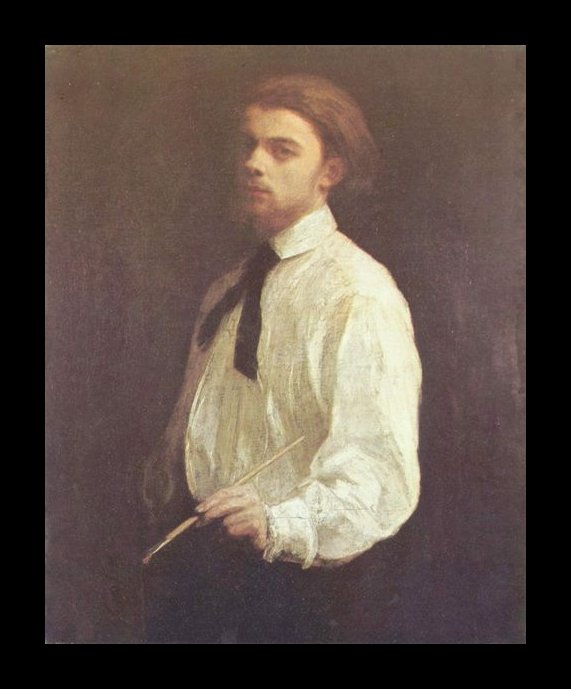
Realist painter Henri Fantin-Latour is best known for his beautiful still life flower paintings, as well as group paintings of himself with other artists and historical figures. Latour was also heavily involved in lithography and painted in a highly traditional style, and painted nearly 25 self-portraits. It is said that Latour’s own Realist style was a major influence on the symbolist movement for future painters.
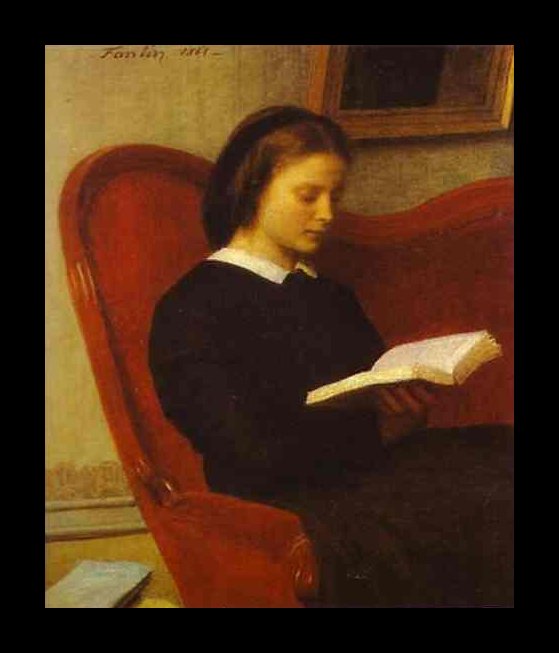
Born in Grenoble, France near the Alps, Latour was taught how to draw at a young age by his artist father. He studied at the Ecole des Beaux-Arts in Paris and painted in an Impressionistic style in the beginning of his career. During this time, he would often visit the Louvre to study and copy the paintings of the old masters. There, he would meet and become friends with other famous artists like Manet and Degas.

Sadly, Latour did not get the initial recognition in Paris that he has today, probably because he was painting in the old style while his contemporaries were experimenting and creating new styles. However, Latour would eventually gain notoriety in England through American painter Whistler. With Whistler and artist Alphonse Legros, Latour formed the Societe des Trois, and would have his first exhibition with them at the Salon in Paris in 1861.
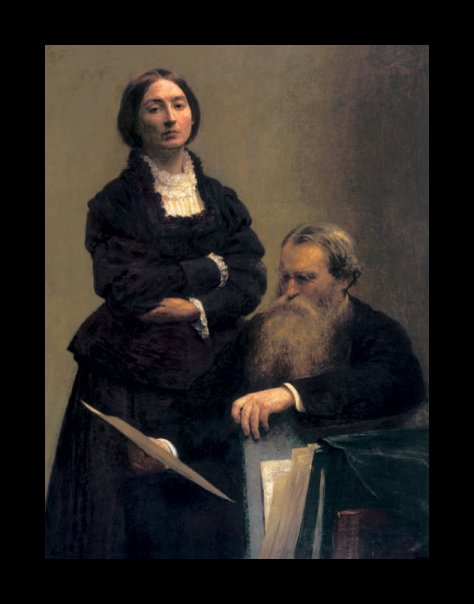
Besides painting, Latour was also fascinated with music. This fascination can be seen in his lithographs which express his love for his favorite composers, Wagner, Schumann and Brahms.
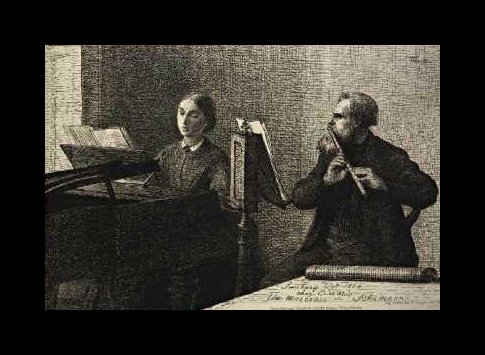
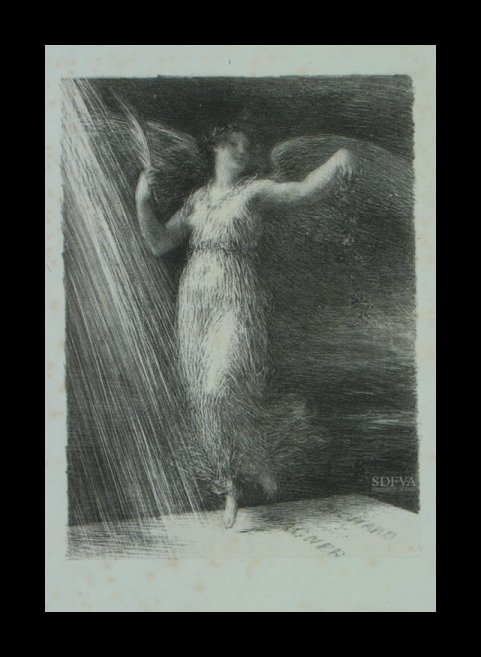
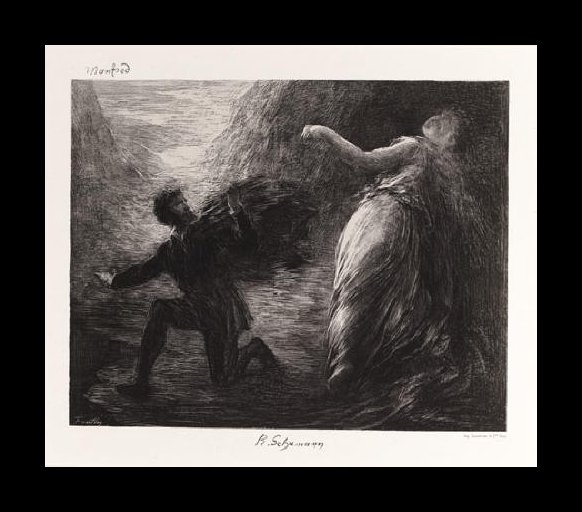
Latour would eventually meet and marry fellow painter Victoria Dubourg, whom he would instruct and essentially paint alongside.
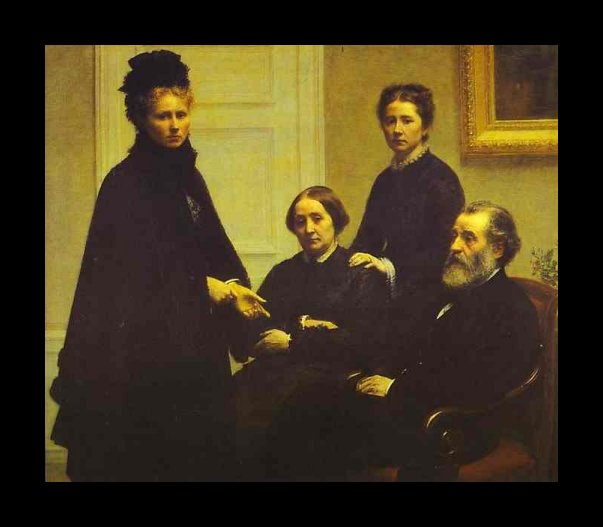
Dubourg focused mainly on floral still life, and her style would often mirror Latour’s.
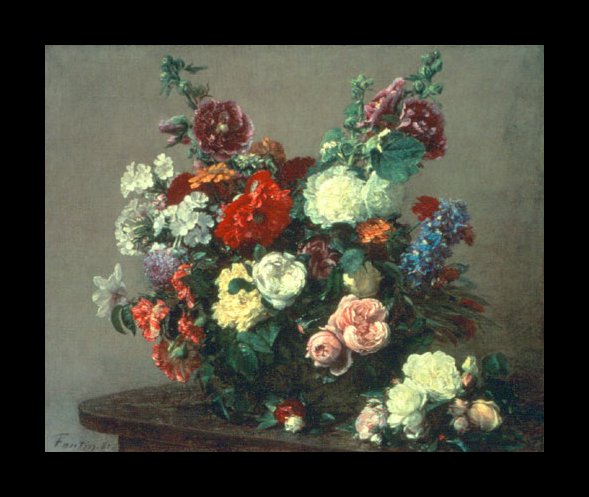
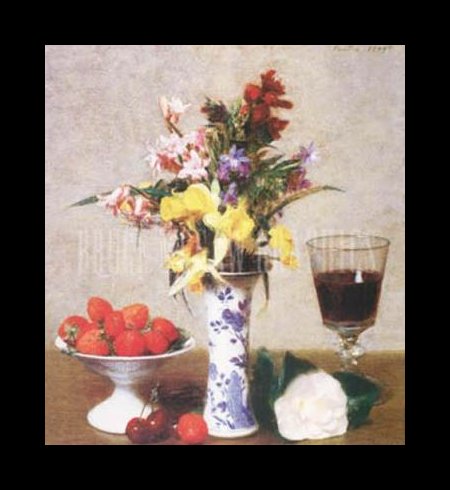
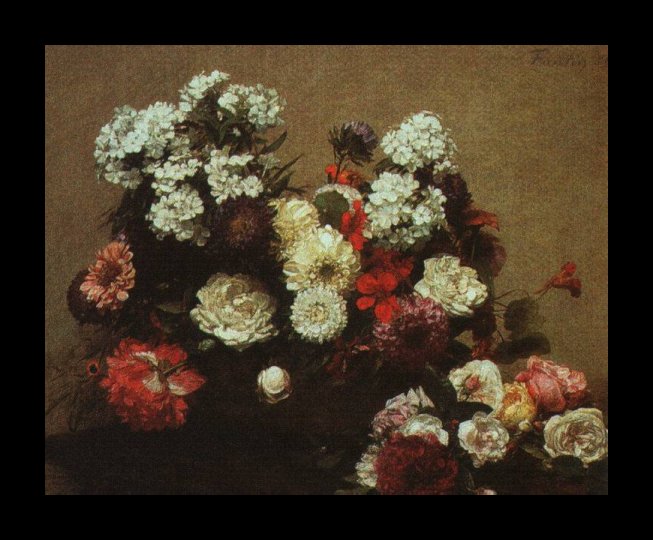
When Latour was not creating floral still life and lithography, he would typically paint historical scenes dedicated to his artistic heroes. Latour would immortalize his favorite painters, particularly Delacroix and Rubens in a number of Realist paintings, many of which now hang in the Louvre.
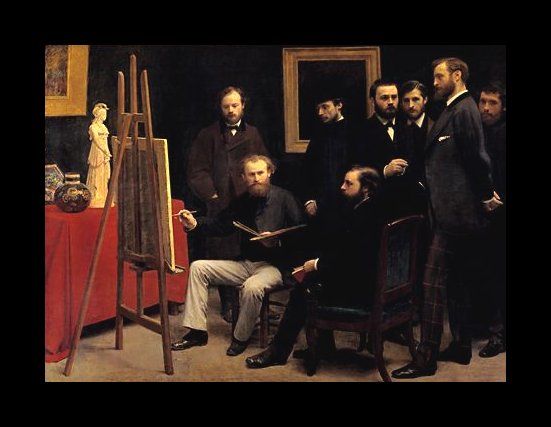
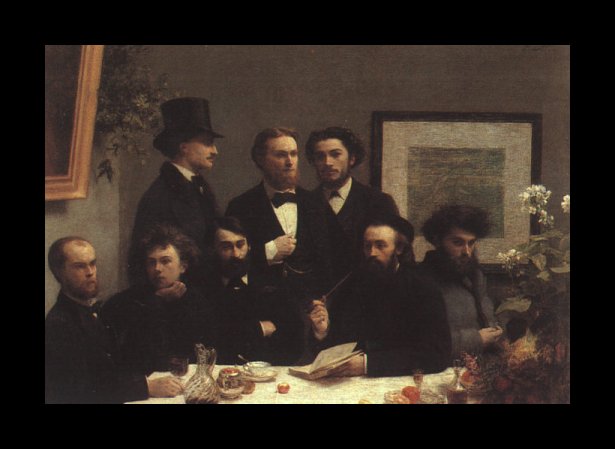
In 1879, Latour was given the Legion of Honor medal, and is remembered today as a great master of Realist painting in a time when Realism was going out of fashion. Latour’s paintings were so real at times, that they are practically photographic, and at other times contained a mystical property that only Latour could have created.
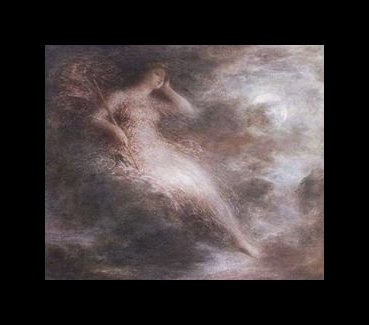
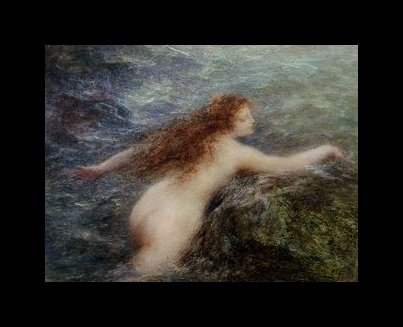
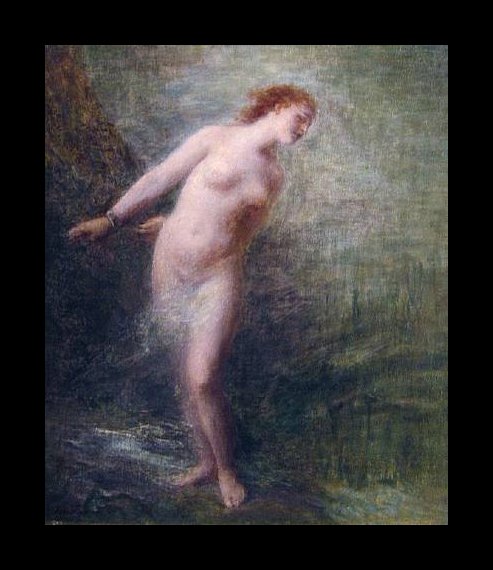
Despite the fact that Latour met only relative success and recognition during his lifetime as a painter, today his paintings and lithography are in high demand. A new Latour art authentication, though probably rare, could fetch millions of dollars at auction today.
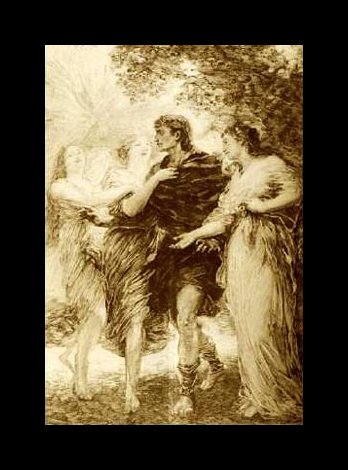
Latour left behind a number of drawings, etchings and oil paintings, in a number of different styles from Realist portraits to mythological sketches and floral still life’s. Sometimes he would sign his work “Fantin” although he is typically known as “Latour” or “Fantin-Latour.” Still not sure if one of your treasured family heirlooms is a Latour? Contact us to find out.
Reviews
1,217 global ratings
5 Star
4 Star
3 Star
2 Star
1 Star
Your evaluation is very important to us. Thank you.
